Eki Stamps vs. Goshuin Books: A Guide to Japan’s Unique Collectible Traditions
Eki Stamps vs. Goshuin Books: A Guide to Japan’s Unique Collectible Traditions
In Japan, collecting stamps is a beloved tradition that offers travelers a unique way to document their journeys. Two of the most popular collectible items are Eki stamps and Goshuin books, each representing distinct aspects of Japanese culture. Eki stamps, found at train stations, feature designs that highlight local attractions and landmarks, turning a simple journey into an adventure of discovery. Goshuin, on the other hand, are intricate calligraphy seals collected at temples and shrines, symbolizing spiritual blessings and a deeper connection to Japan’s religious heritage. While both offer a personal and meaningful way to remember your travels, Eki stamps and Goshuin books cater to different experiences and interests, making them a fascinating part of exploring Japan.
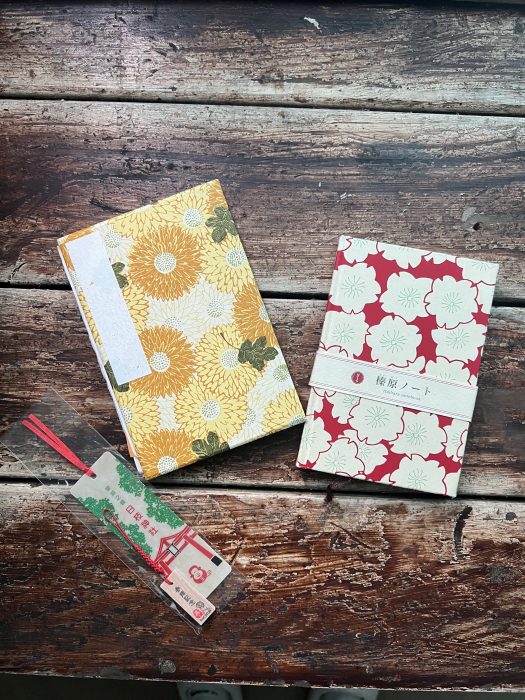
Guidelines for Collecting Eki Stamps vs Goshuin
Can you collect them together?
In a Rush? Pin it to Read Later!
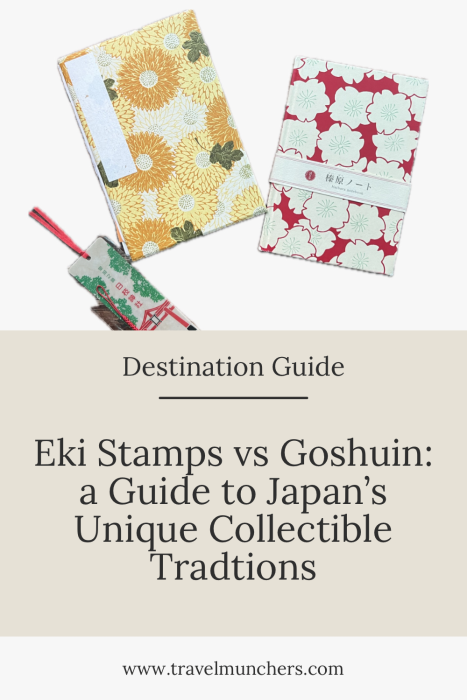
Copyright Notice: All material on this travel blog site is the sole property of Travel Munchers. This includes blog posts, pages, design and all photos (whether watermarked or not). Any use of materials from this site without express written consent will be considered copyright infringement.
Disclaimer: Some items contain affiliate links and I will get a small commission at no additional cost to you. I really appreciate your support if you like my recommendations!
What are Eki Stamps?
Eki stamps (translated to “station stamps”) are free rubber stamps used as a kind of tourist souvenir around Japan. Originally, they were only found at train stations (hence “station stamp”) but now you can get them nearly everywhere that could be considered tourist attractions. You will of course find them in the larger cities such as Tokyo and Kyoto, but believe it or not they now have some in smaller villages, and even on hiking trails!!
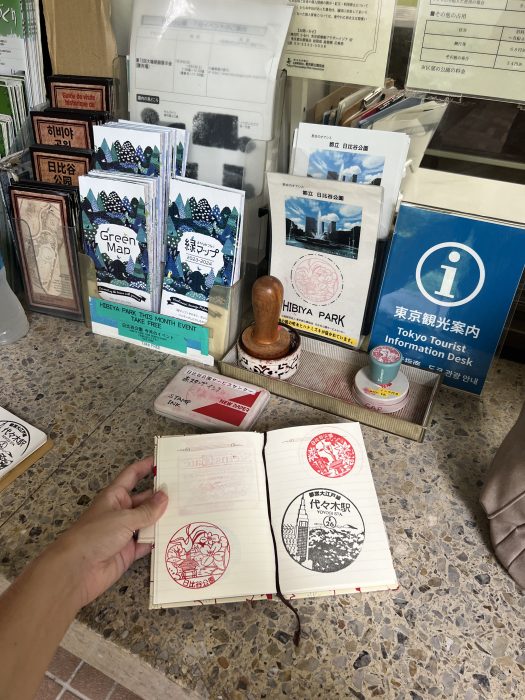
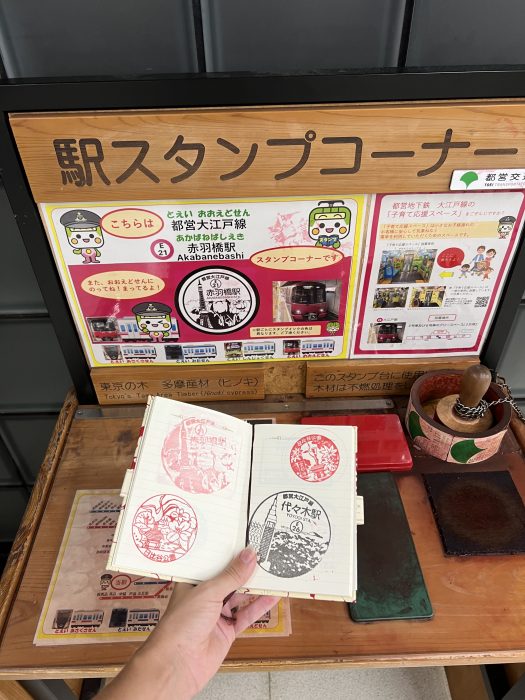
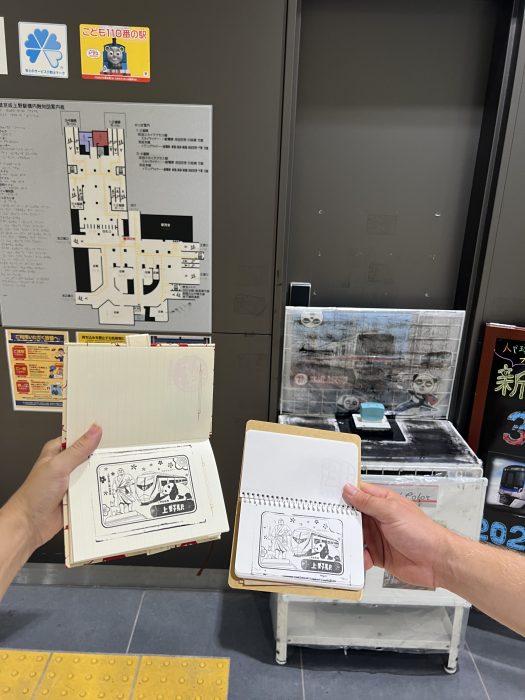
What are Goshuin?
A goshuin is a red stamp that certifies a visit to a shrine or temple. It’s also a symbol of one’s relationship with deities. Historically, visitors had to copy a sutra by hand and dedicate it to the temple to obtain a stamp. Fortunately, visitors today can receive the stamps in exchange for a small fee.
The general price ranges from 300 to 500 yen. Limited edition goshuin stamps cost between 500 to 1,000 yen. There is usually a special window at bigger temples or shrines where a monk or priest puts a stamp in the book and then writes the name, date, and maybe a blessing in beautiful calligraphy over the stamp.
There are literally thousands of temples and shrines around Japan, and goshuin can technically be obtained at most of the bigger ones. Some people collect goshuin exclusively, but others, like me, enjoy collecting them along side the Eki Stamps.
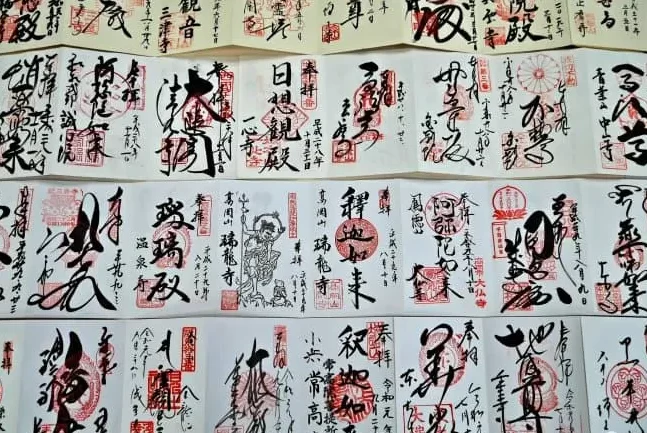
Guidelines for Collecting Eki Stamps vs Goshuin
Collecting Eki Stamps
Supplies
There are official eki stamp notebooks you can buy once you’re in Japan!
Kinokuniya, a BIG Japanese bookstore, should have them in the travel section. They cost about ¥825 or about $5.60 USD each, and there’s a few different covers depending on what kind of stamps you’re collecting. For instance, they have covers for each train company, plus one for highway service stations.
Otherwise, blank-paged notebook is good. We got ours from the Traveler’s Factory station store (plus they have 20 stamps here to get you started!). Try to get something with slightly thicker pages so the ink doesn’t bleed through to the other side of the page.
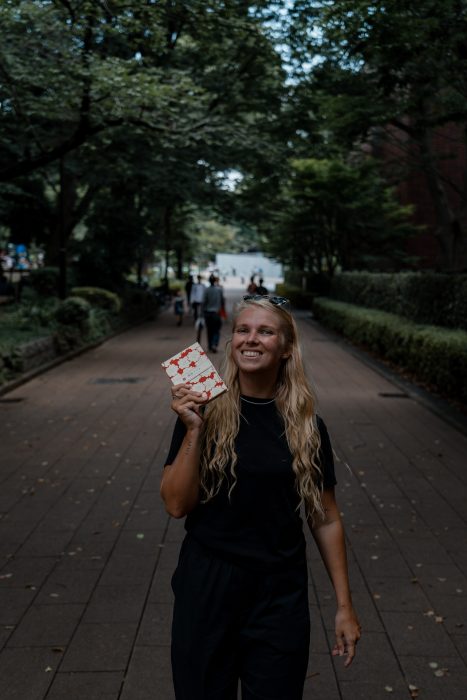
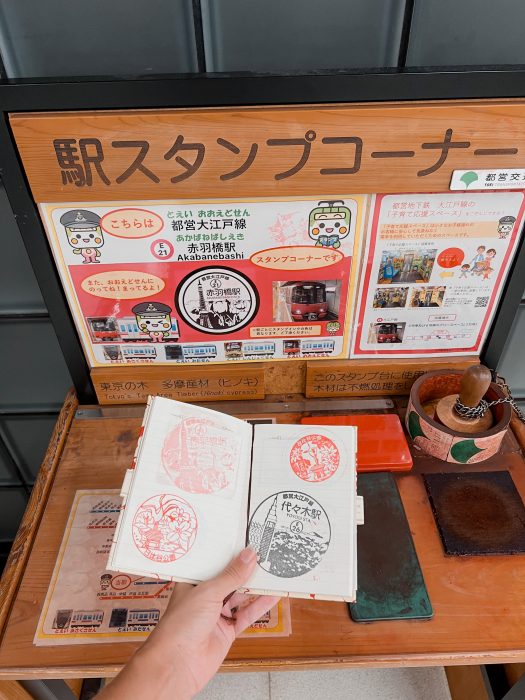
General Etiquette
The stamps are usually placed on a table near the gate (where you tap your train card/ tickets)! Just open your notebook and start stamping around!
Not every station has them out front though so sometimes if you don’t see the stamp right away it’s best to ask a staff member if they have them behind the counter.
This is open to everyone and there can sometimes be a line at the stamp station. Simply wait your turn for those in front of you to finish. Make sure you close the ink pad so that it doesn’t dry out when you are finished.
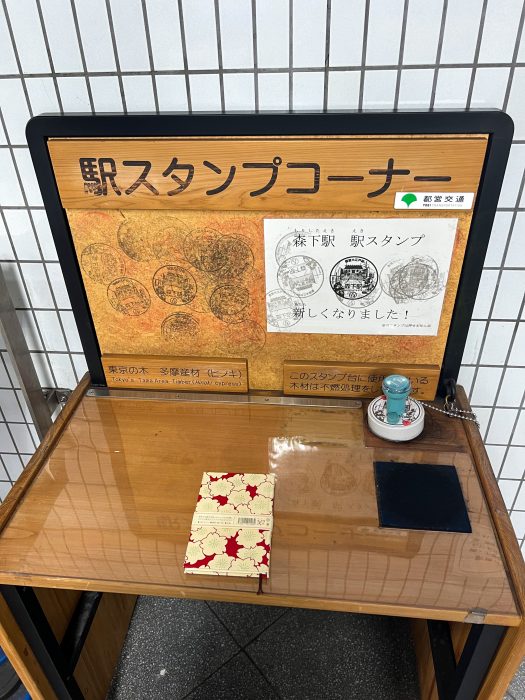

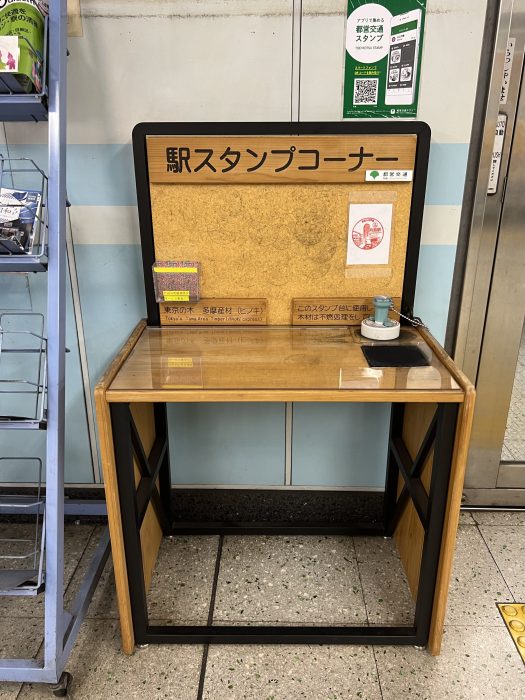
Collecting Goshuin
Supplies
A goshuincho (stamp book) can be purchased at major shrines, temples, and bookstores. Prices range from 1,000 to 2,000 yen.
A large book is 18 x 12 centimeters, while a smaller size is 16 x 11 centimeters.
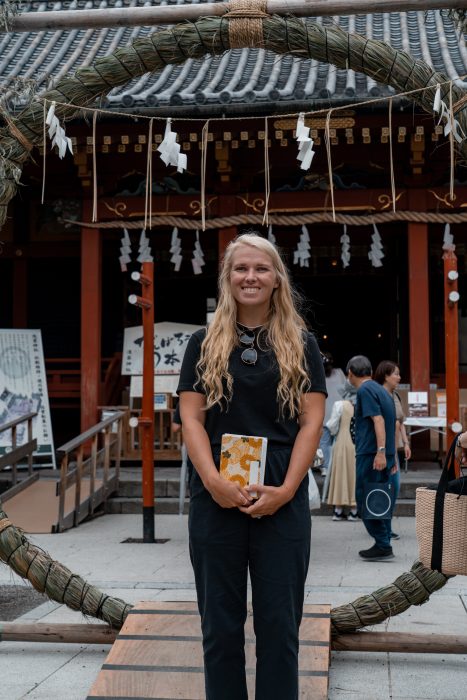
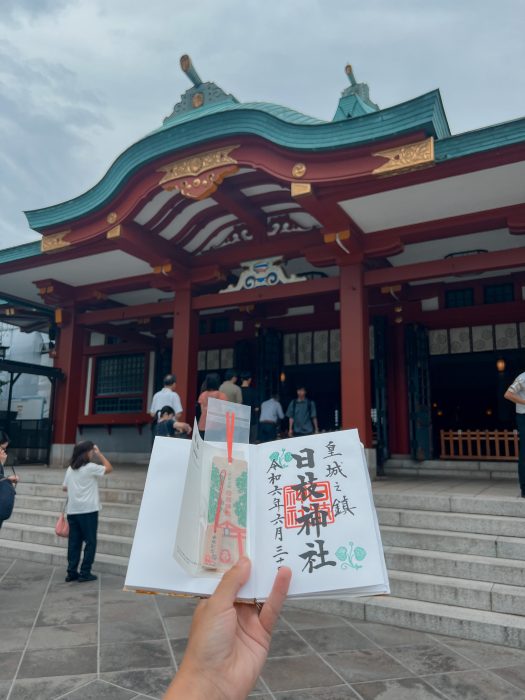
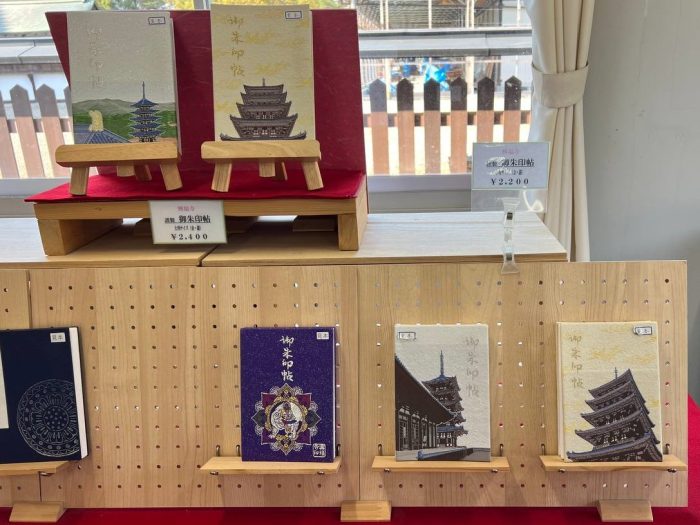
General Etiquette
Please note that there are a few basics manners that must be observed. When obtaining a goshuin, go to the shrine or temple office, which is typically labled “goshuin-sho” or “nokyo-sho.”
Rules That Must Be Observed:
| Pay your respects to the shrine by praying before requesting a goshuin. Do not use an ordinary notebook. Wait quietly during the signing. Do not take photographs of the calligrapher. Be sure to thank the calligrapher. Be sure to thank the calligrapher. |
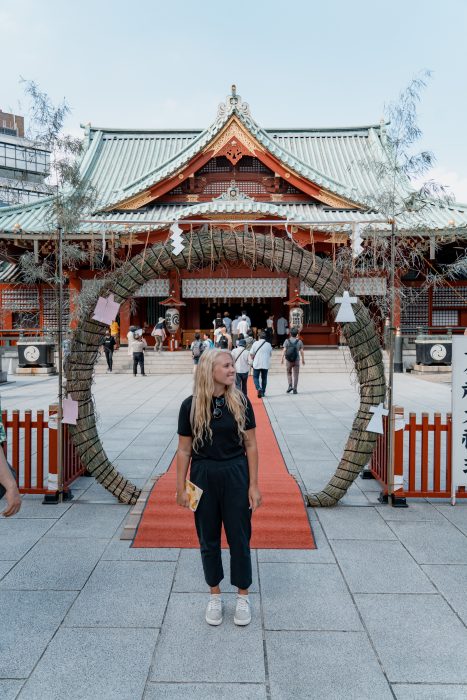

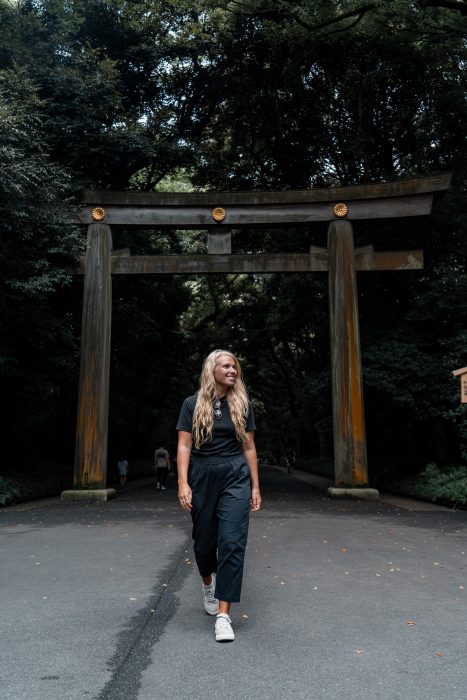
Can you collect them together?
You may be wondering if you need a separate book for collecting Eki Stamps and Goshuin. The answer is, maybe. While there are people who collect the Eki stamps and temple Goshuin together, you could run into a problem if you choose to go this route.
Goshuin are considered sacred and a way to show your pilgrimage to the shrine. Therefore, some temples will deny you a Goshuin if you are using your book for anything other than Goshuin. For this reason I absolutely recommend having a separate book for Eki Stamps and Goshuin. However, there is one more catch with the Goshuin themselves.
The Unspoken Rule
While the practice of collecting Goshuin is common across Shinto shrines and Buddhist temples, there isn’t a strict rule that require differentiating or separating the Goshuincho. However, it’s important to note that Shinto and Buddhism are distinct religions with different beliefs and practices, even though they have coexisted in Japan for over a thousand years.
In some cases, a Buddhist temple or a Shinto shrine may decline to stamp a Goshuincho that contains stamps from the other religion. Although not a universal practice, it can occur in places where the religious authorities maintain a strict separation between Shinto and Buddhism. The reasons can vary.
It’s always a good idea to ask if you’re unsure. Or to be safe, you can keep the books for each religion separate. The key is to approach the practice with respect and understanding for the religion.
Which is better?
Pros of Collecting Eki Stamps
- Free and easily accessible across Japan
- Encourages exploration of local landmarks and hidden gems
- Fun for all ages, ideal for train enthusiasts and casual travelers
- Souvenir booklets available to organize and preserve the collection
Pros of Collecting Goshuin
- Offers a unique, personal spiritual memento of your visit to temples and shrines
- High cultural and religious significance, often seen as a sign of respect and blessing
- A work of art—each Goshuin is handwritten by temple monks, adding to its uniqueness
- A meaningful keepsake for travelers interested in Japan’s religious heritage
Cons of Collecting Eki Stamps
- Heavily focused to train stations, which may not always align with your travel plans
- Not tied to deeper spiritual or cultural experiences like Goshuin
- Focus is on transportation and tourism rather than personal or reflective experiences
Cons of Collecting Goshuin
- Costs involved: Typically requires a small fee for each stamp
- Must visit temples and shrines specifically, which may not appeal to all travelers
- Requires respect and understanding of the cultural and religious context
Which is Better for You?
- For Adventure Seekers and Railway Enthusiasts: Eki Stamps are ideal for those who enjoy exploring Japan’s vast transportation system and discovering local attractions.
- For Spiritual or Cultural Travelers: Goshuin books offer a deeper, more personal connection to Japan’s religious traditions and artistic heritage.
- For Budget-Conscious Travelers: Eki Stamps are free and easy to collect during any journey.
- For Collectors of Unique and Artistic Items: Goshuin provide a beautiful, one-of-a-kind keepsake.
Conclusion:
While it is a personal choice which is better, nothing is stopping you from collecting both. My husband chose to focus on solely the Eki Stamps as he enjoyed the freedom and opportunity of finding them in more random locations. I wanted to have both as the shrines and temples, with the history and culture were important to me. However, it didn’t stop me having a blast hunting for the Eki Stamps. No matter which option you choose, you will have one of the most unique souvenirs from your trip to Japan!
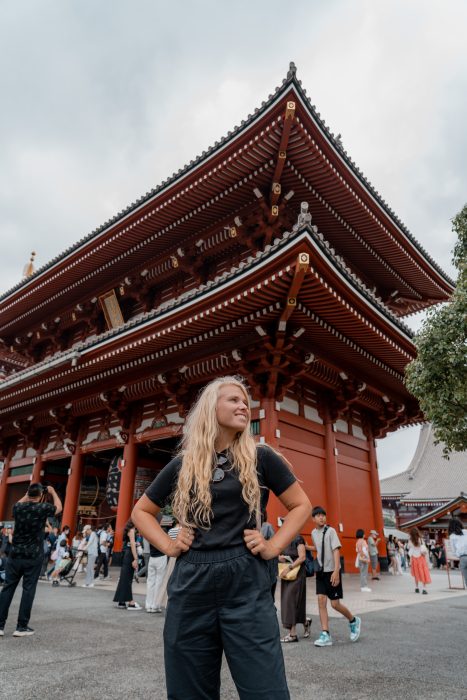
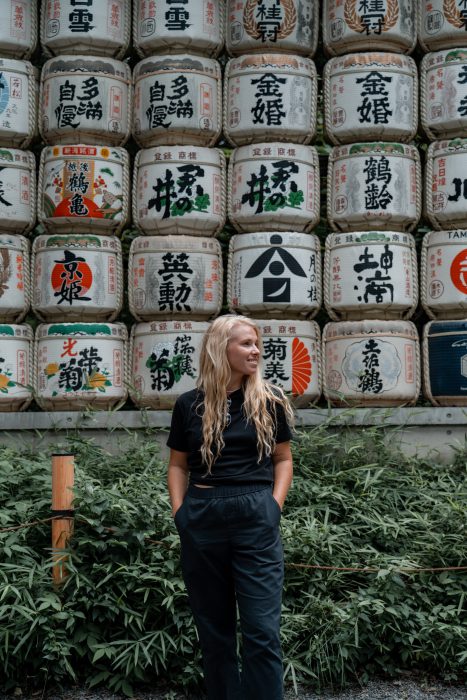
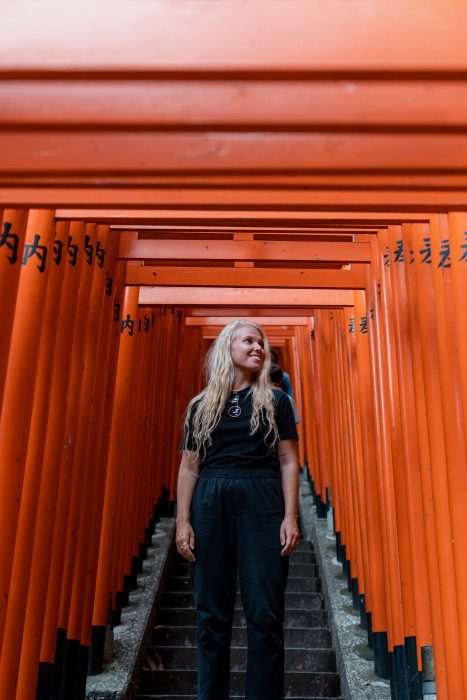
Need more on Japan?
Need More Travel Tips?
💳 WANT TO TRAVEL FOR FREE?
Want to travel for free, simply as a reward for spending money you already had to spend ? I love my Capital One travel card and I think you will too! You get unlimited miles on every purchase with a card that fits your lifestyle. Plus 10x points on hotels and 5x points on flights booked through their travel portal!!! If you ever wanted to travel in luxury, this is the card for you. Check out our referral link!
NEED a Rental Car?
Check out the best options for renting a car for your trip to give you more freedom and flexibility while you travel ! Check out Rent A Car here.
Want Lounge Access when Flying?
If you want access to over 1,500 lounges in 600 locations then you need to check out Priority Pass!
🧳 NEED TRAVEL INSURANCE?
Peace of mind comes when you book travel insurance. You do not need to worry about flight cancelations, lost luggage, or any illnesses while traveling. Check out the first ever specific Digital Nomad insurance we use here : SafetyWing. ETKA, Vistors Coverage , or Insubuy.
NEED AN eSIM?
Check out our article on the top eSIM Providers for Digital nomads and world travelers:
Top eSIM Providers for Digital Nomads: Streamlining Connectivity While Traveling
Happy travels xx
Like it? Pin it!

Follow our adventures on social!
____________________________________
Trip: June 2024
Copyright Notice: All material on this travel blog site is the sole property of Travel Munchers. This includes blog posts, pages, design and all photos (whether watermarked or not). Any use of materials from this site without express written consent will be considered copyright infringement.
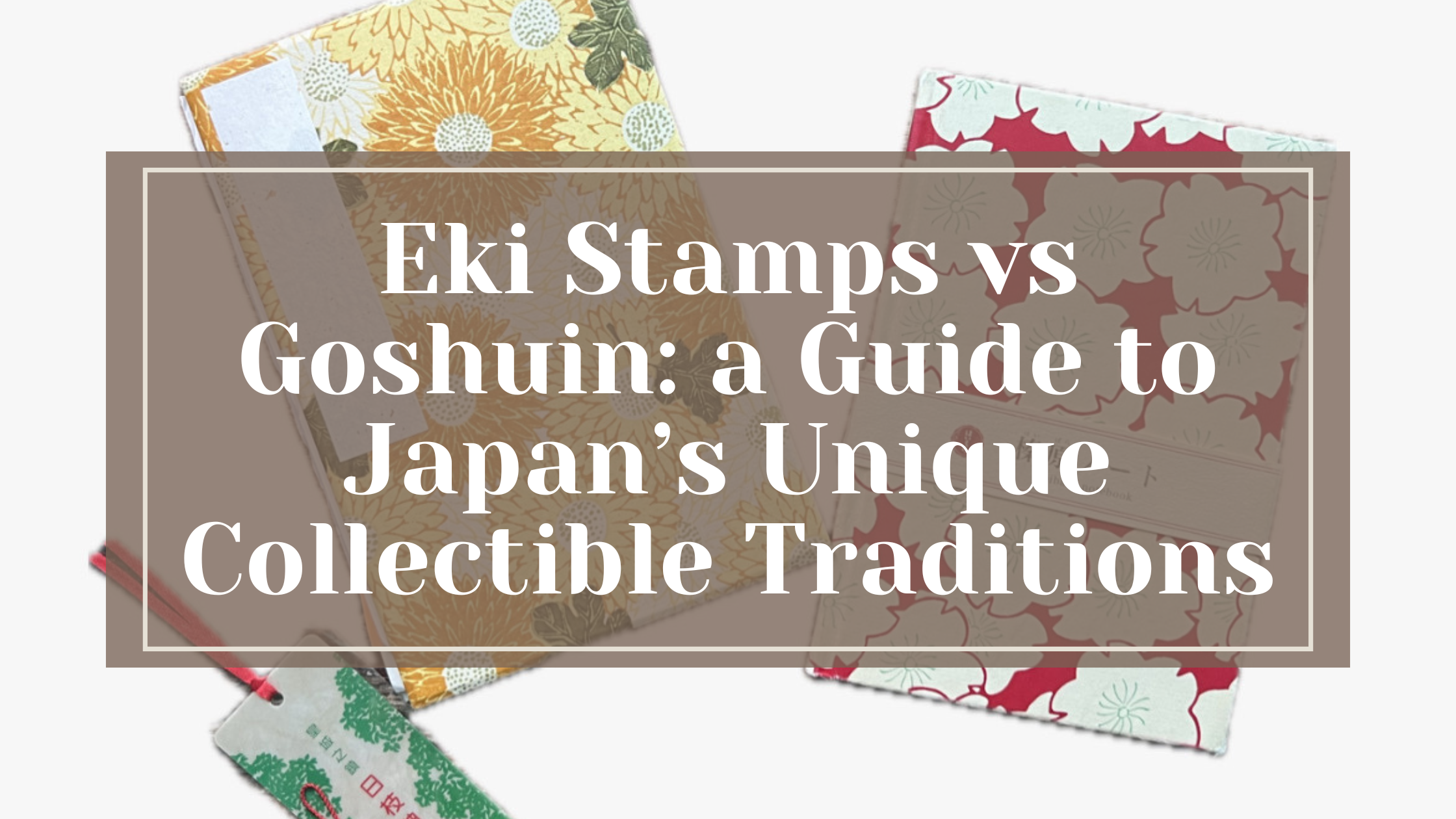









2 Comments